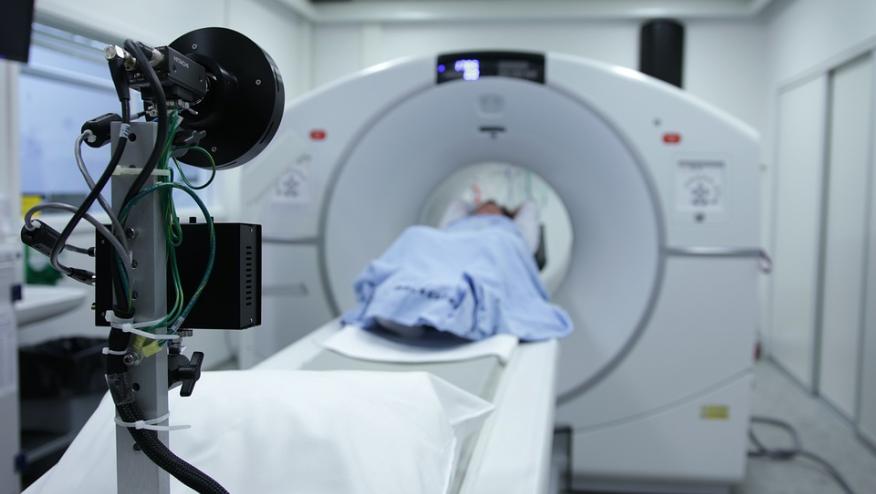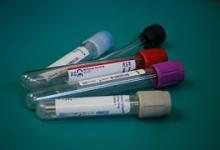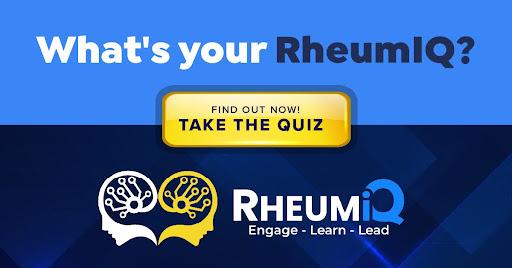PET Uptake in Large Vessel GCA – Does tocilizumab help? Save

Giant cell arteritis (GCA) is the most common form of adult vasculitis in the United States and can be subdivided into those with cranial only symptoms, those with large vessel vasculiti/PMR, and those with mixed features. Non-invasive imaging is key in detecting large vessel involvement in GCA, as many of these patients do not experience signs or symptoms specific to this vascular disease (i.e. only a minority will actually report limb claudication). As such, there has been significant interest in which imaging modalities provide the most benefit in detecting and monitoring these patients.
PET/CT has become a modality of interest, given its inherent ability as a functional means to detect inflammation. Given a lack of reliable biomarkers, especially when tocilizumab is used, it has also been queried whether PET/CT would provide valuable information to trend inflammation over time in response to therapy. Exploratory studies have lent mixed results: many patients continue to experience reduced but present PET avidity, despite treatment and symptom resolution, which carries unclear prognostic significance. PET avidity is associated with long-term vascular changes, though many patients with large vessel PET avidity on treatment ever go on to develop further vessel damage.
In abstract 2704, De Boysson et al. explore whether PET/CT response in GCA differs between those treated with steroid monotherapy vs. steroids and tocilizumab in combination.
The group retrospectively enrolled GCA patients with confirmed LV-GCA on PET/CT who were treated with one of the aforementioned treatment modalities and had at least 1 follow-up PET/CT scan. In total, 167 were enrolled, 76 of whom were on GC monotherapy and 91 were on GC + Toci therapy. When follow-up PET/CT was analyzed for extinction of signal, only 41% of patients in the GC monotherapy group, compared to 76% in the toci + GC group, experienced extinction of uptake, though it is worth noting that the average time to follow-up PET/CT was shorter in the GC alone group (8 vs. 12 months). Patients on GC and toci experienced a higher rate of relapse (12%) if 3rd PET/CT was obtained compared to 5% in the GC monotherapy group, though this did not reach statistical significance and is influenced by a greater proportion of pt in the combined group achieving remission in the first place. When the last known follow-up was analyzed, more patients in the combined GC + Toci group had discontinued steroids compared to the GC alone group (79% vs. 61%).
This study demonstrates that the combination of tocilizumab and glucocorticoids appears to improve imaging outcomes of GCA, compared to GC alone, mirroring what was clinically demonstrated in the GiACTA trial. Further research will be needed to understand the prognostic significance of PET uptake extinction, such as implication for risk of further vascular complication as well as when imaging relapse occurs.









If you are a health practitioner, you may Login/Register to comment.
Due to the nature of these comment forums, only health practitioners are allowed to comment at this time.